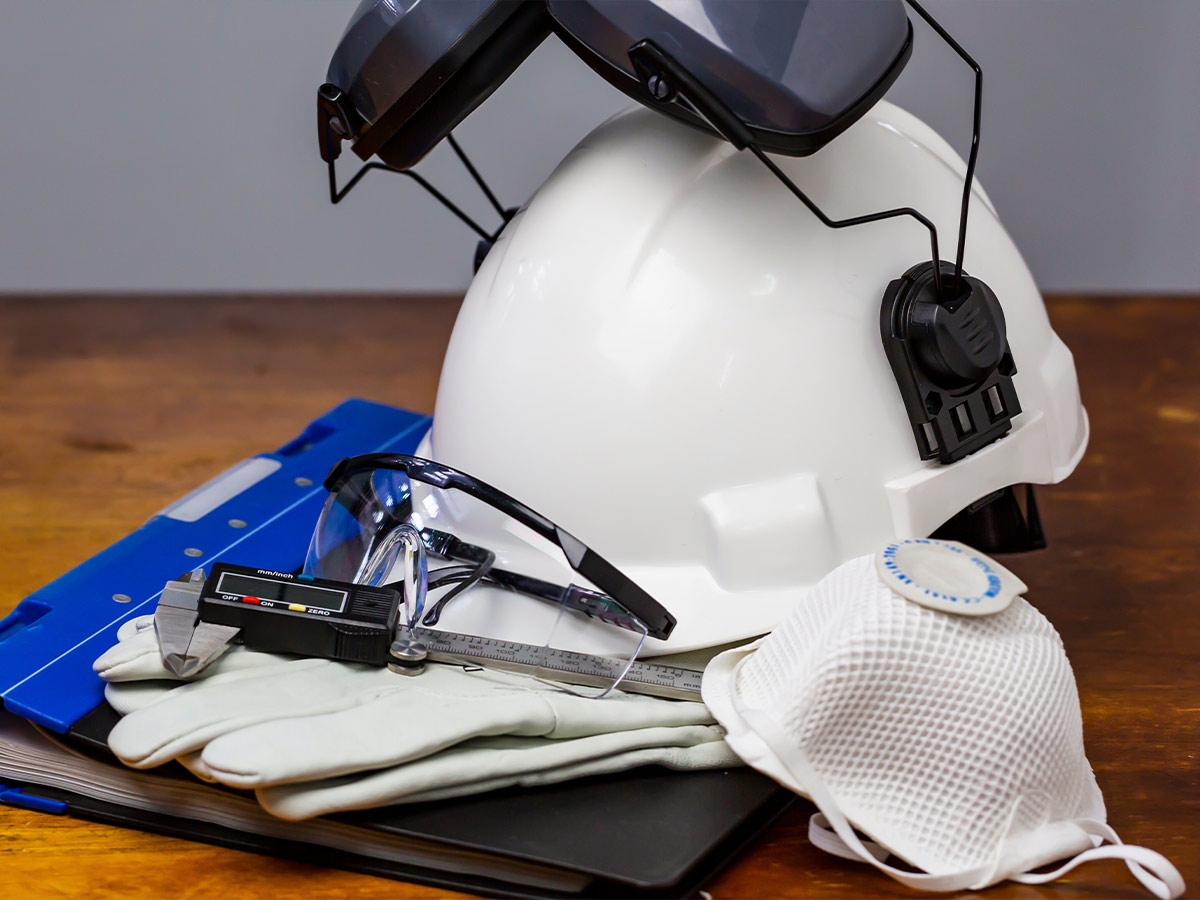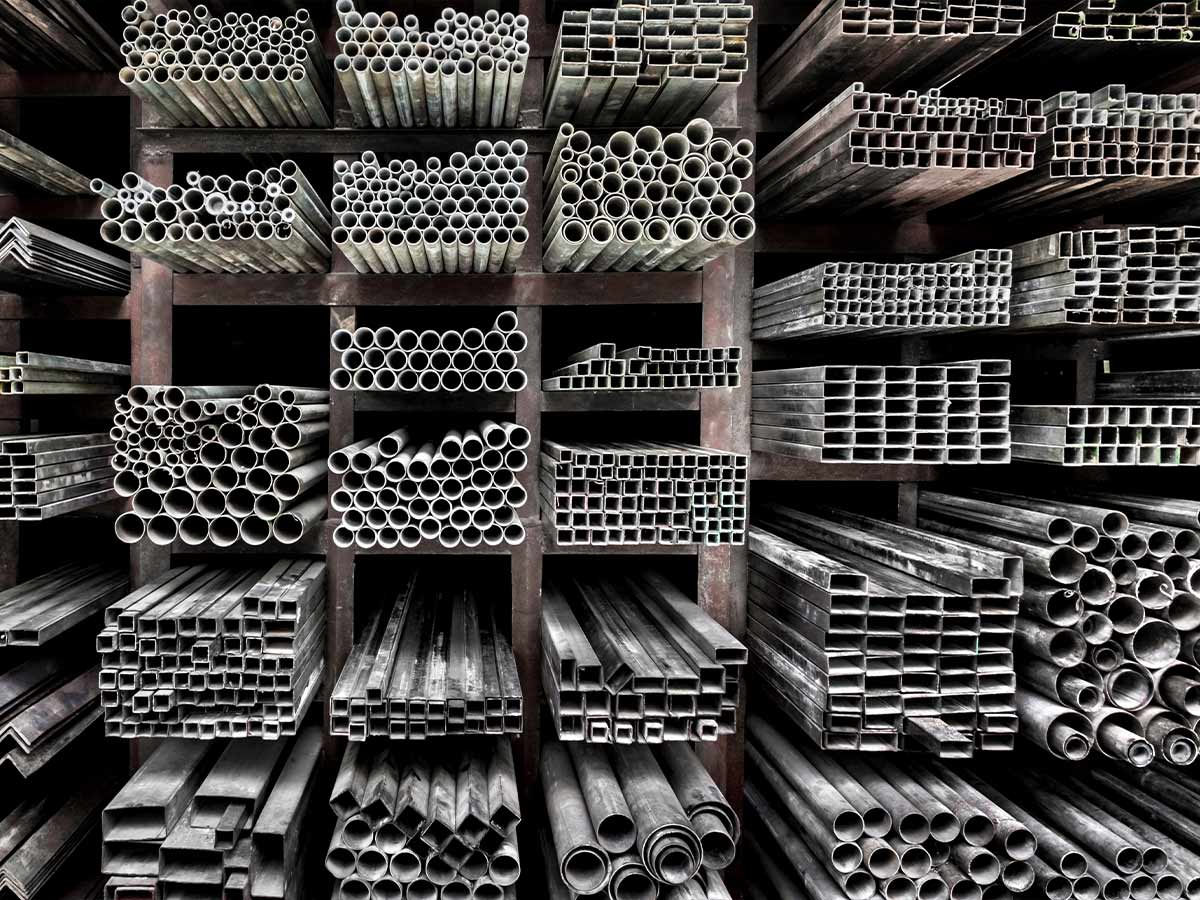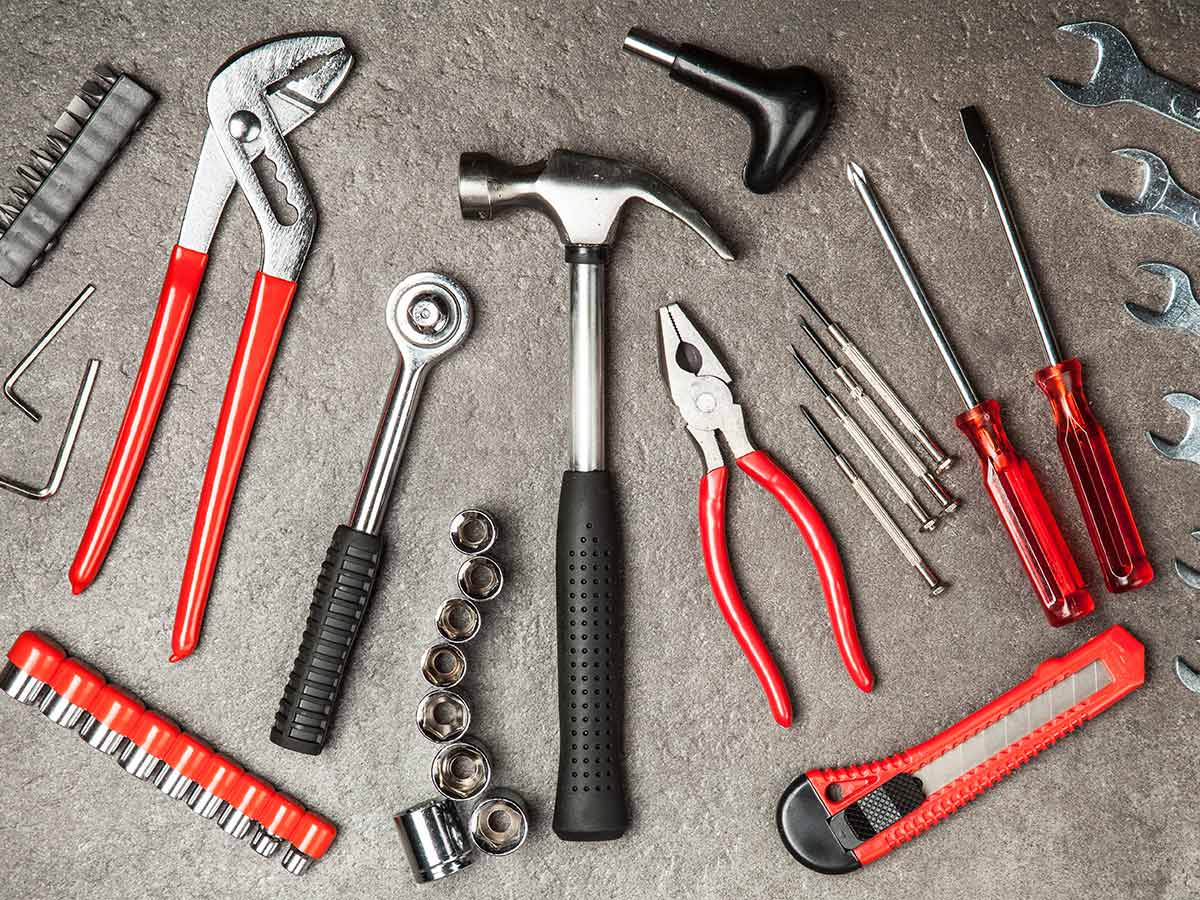Pharmaceuticals

Manufacturing pharmaceuticals domestically is critical for ensuring a secure and reliable supply of essential medications. Dependence on foreign production, particularly in China, poses risks of shortages, quality control issues, and potential supply chain disruptions, especially during global crises like pandemics or geopolitical tensions.
By producing pharmaceuticals in the United States, we can better regulate safety standards, maintain consistent access to life-saving drugs, and protect national health security. Additionally, domestic production would foster innovation, create high-paying jobs, and reduce the risk of counterfeit or substandard products entering the market.
Personal Protective Equipment

Producing personal protective equipment (PPE) in the United States is vital for safeguarding public health and ensuring preparedness for emergencies. Relying on overseas manufacturing, particularly from China, can lead to shortages during critical times, as seen during the COVID-19 pandemic.
By manufacturing PPE domestically, the U.S. can maintain a steady supply of high-quality masks, gloves, gowns, and other essential protective gear, reducing dependency on foreign supply chains. This not only enhances the safety of healthcare workers and first responders but also strengthens the nation's ability to respond swiftly and effectively to future crises.
Personal Electronics

Manufacturing personal electronics in the United States would improve security, innovation, and quality control. Domestic production of smartphones, tablets, and laptops reduces the risk of intellectual property theft and enhances data privacy.
It also creates jobs in high-tech sectors and fosters a skilled workforce. By controlling the supply chain, the U.S. can respond more quickly to market demands and technological advancements, ensuring that products meet stringent safety and environmental standards.
Solar Panels

Shifting solar panel production to the United States could significantly bolster the renewable energy sector while fostering job creation. This move would reduce dependence on imports from countries with less stringent environmental and labor standards, ensuring that solar panels adhere to higher ecological criteria.
It also lowers the carbon footprint by minimizing transportation distances. By supporting local manufacturing, the U.S. can enhance energy independence, drive innovation in green technology, and solidify its leadership in the global push toward sustainable energy.
Car Parts

Prioritizing the production of automobile parts within the United States strengthens the domestic automotive industry and safeguards critical supply chains. By reducing reliance on foreign imports, particularly from China, this approach ensures more consistent access to essential components, minimizing the risk of production delays.
Domestic manufacturing also allows for stricter quality control, which can improve vehicle safety and reliability. Additionally, it supports local economies by creating jobs and fostering innovation within the automotive sector.
Medical Devices

By reducing dependence on foreign manufacturing, the U.S. can ensure a steady supply of medical devices like ventilators, MRI machines, and surgical instruments, especially during emergencies.
Domestic production also mitigates the risks associated with global supply chain disruptions, ultimately improving patient outcomes and public health security.
Semiconductors

Concentrating semiconductor manufacturing in the United States is crucial for maintaining technological leadership and national security. Semiconductors are the backbone of modern electronics, powering everything from smartphones to advanced military systems.
By reducing reliance on foreign production, particularly in regions with geopolitical tensions, the U.S. can secure a stable supply of these critical components. Domestic manufacturing also fosters innovation and technological advancement, ensuring that the U.S. remains competitive in the global tech landscape.
Textiles and Apparel

Revitalizing textile and apparel production in the United States offers numerous economic and ethical benefits. By bringing manufacturing back home, the U.S. can reduce reliance on imports from countries with questionable labor practices, ensuring fair wages and safe working conditions.
Shortening the supply chain reduces transportation emissions, contributing to a smaller carbon footprint and a more responsible approach to fashion and textile production.
Furniture

Bringing furniture manufacturing to the United States brings multiple advantages, from boosting local economies to enhancing product quality. Domestic production allows for greater control over materials and craftsmanship, leading to higher-quality, longer-lasting furniture.
By producing furniture locally, the U.S. can support small businesses, create jobs, and preserve traditional woodworking skills. Additionally, it ensures that furniture meets strict safety and environmental standards, providing consumers with products that are both durable and sustainably made.
Toys and Games

Domestic production of children's toys reduces the risk of exposure to harmful substances often found in imported toys, providing peace of mind for parents and caregivers. It also supports local businesses and stimulates the economy by creating jobs in manufacturing and design.
By producing toys and games locally, the U.S. can innovate more effectively, respond quickly to consumer demands, and maintain rigorous quality control.
Steel and Aluminum Products

Increasing the production of steel and aluminum products in the United States strengthens the domestic manufacturing base and reduces dependency on foreign suppliers, particularly in industries critical to infrastructure and national defense.
Producing these materials locally enhances quality control, ensuring that products meet stringent safety and durability standards required for construction, automotive, and aerospace applications. Additionally, domestic manufacturing supports job creation in industrial sectors, preserves essential skills, and drives innovation in production processes.
EV Batteries

Manufacturing electric vehicle (EV) batteries in the United States is essential for advancing the nation’s energy independence and leadership in the green technology sector. Domestic production of EV batteries ensures a secure and stable supply chain, reducing reliance on imports from countries with potential geopolitical risks.
This shift would support job creation in high-tech manufacturing and drive innovation in battery technology, which is crucial for the continued growth of the electric vehicle market.
Appliances

Shifting the production of appliances to the United States offers multiple benefits, from enhancing product quality to boosting local economies. Domestic manufacturing allows for better quality control, ensuring that appliances meet rigorous safety and performance standards.
It also supports innovation, enabling manufacturers to quickly adapt to new technologies and consumer preferences. By producing appliances locally, the U.S. can reduce dependence on foreign supply chains, minimizing the risk of disruptions and ensuring a steady supply of essential household products.
Telecommunications Equipment

Domestic manufacturing of telecommunications equipment allows for tighter control over the production process, reducing the risk of espionage and cyber threats associated with foreign-made equipment.
It also supports the development of advanced technologies, ensuring that the U.S. remains a leader in the global telecommunications industry. By keeping production local, the U.S. can maintain high standards for quality and reliability, which are essential for the smooth operation of networks that power everything from everyday communication to critical services.
Advanced Fabrics

Advanced fabrics are high-performance materials used in protective gear, medical textiles, and specialized industrial applications that benefit from stringent quality control and innovation when produced domestically.
By manufacturing advanced fabrics locally, the U.S. ensures that these critical materials meet exacting standards for durability, safety, and functionality. This move also reduces reliance on foreign suppliers, mitigating risks associated with supply chain disruptions.
Electronic Accessories

Shifting the production of electronics accessories, such as chargers, cases, and cables, to the United States brings several advantages. Domestic manufacturing ensures better quality control, reducing the risk of faulty or unsafe products that could damage expensive electronics.
By producing these accessories locally, the U.S. can reduce reliance on imports, particularly from regions prone to supply chain disruptions.
Hand Tools

Manufacturing hand tools in the United States would revitalize a key industrial sector while ensuring higher standards of quality and durability. Domestic production allows for greater control over materials and craftsmanship, resulting in tools that are built to last and perform reliably under demanding conditions.
Additionally, producing hand tools locally supports skilled labor, creates jobs, and preserves traditional manufacturing expertise.
Drones

Bringing drone manufacturing to the United States enhances national security and bolsters the country’s technological leadership. Domestic production of drones ensures tighter control over the technology, reducing the risk of security breaches and safeguarding sensitive data.
It also supports innovation in a rapidly evolving field, enabling the U.S. to stay at the forefront of advancements in drone technology for both civilian and military applications. Additionally, local manufacturing reduces dependency on foreign suppliers, minimizing risks associated with geopolitical issues.
Footwear

Reviving footwear manufacturing in the United States offers significant benefits in terms of quality, sustainability, and economic impact. Domestic production allows for better control over materials and craftsmanship, leading to higher-quality, longer-lasting shoes.
It also ensures that labor practices meet ethical standards, reducing reliance on factories in countries with poor working conditions.
Bikes

Manufacturing bicycles and bicycle parts in the United States can significantly impact both the economy and environmental sustainability. Domestic production ensures higher quality control and safety standards, leading to more reliable and durable bicycles.
By reducing dependence on foreign imports, particularly from regions with varying quality standards, the U.S. can foster a more resilient supply chain. Additionally, producing bikes locally reduces the carbon footprint associated with international shipping.
 Author
Jack Robinson
Last Updated: October 22, 2025
Author
Jack Robinson
Last Updated: October 22, 2025